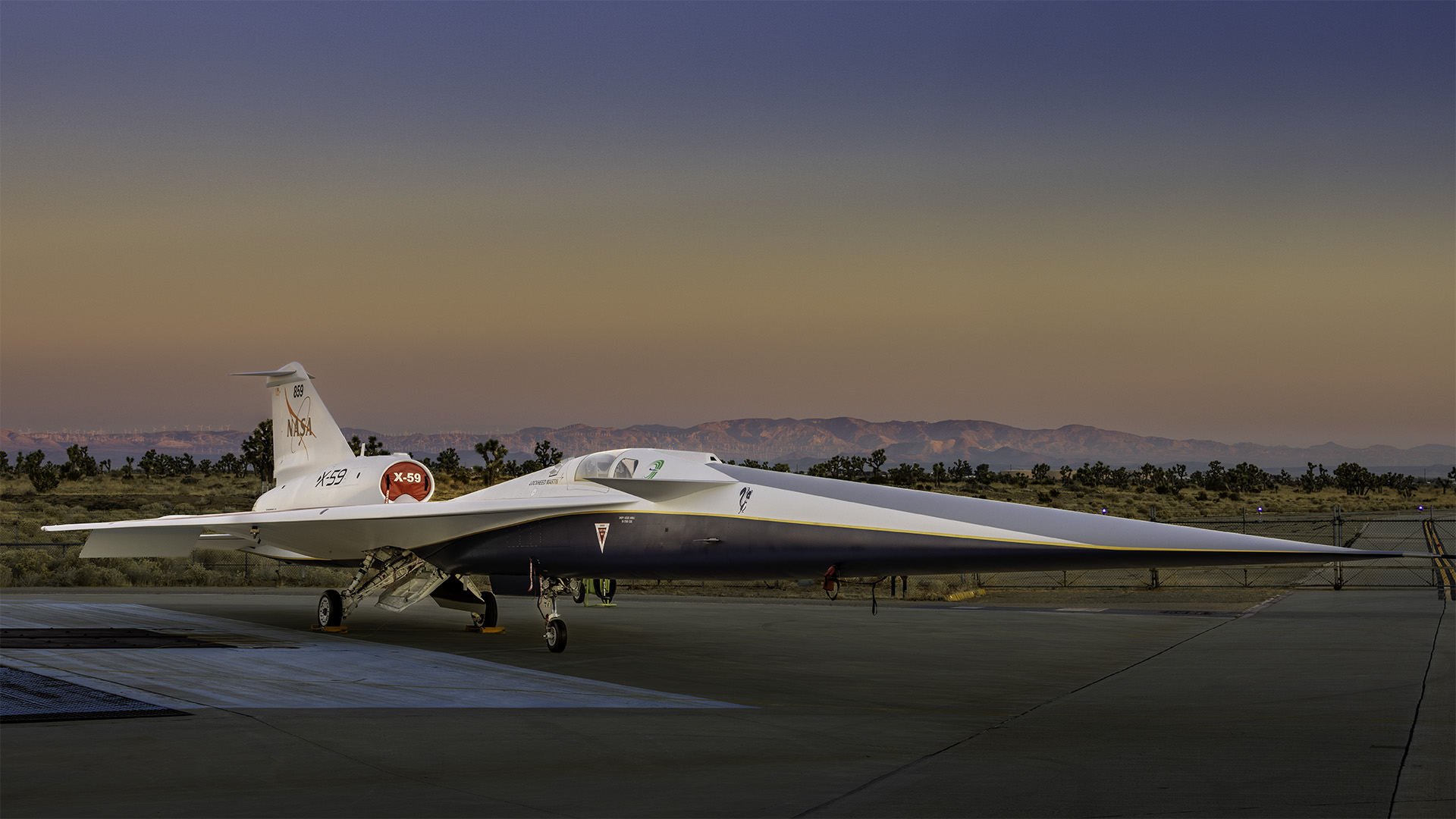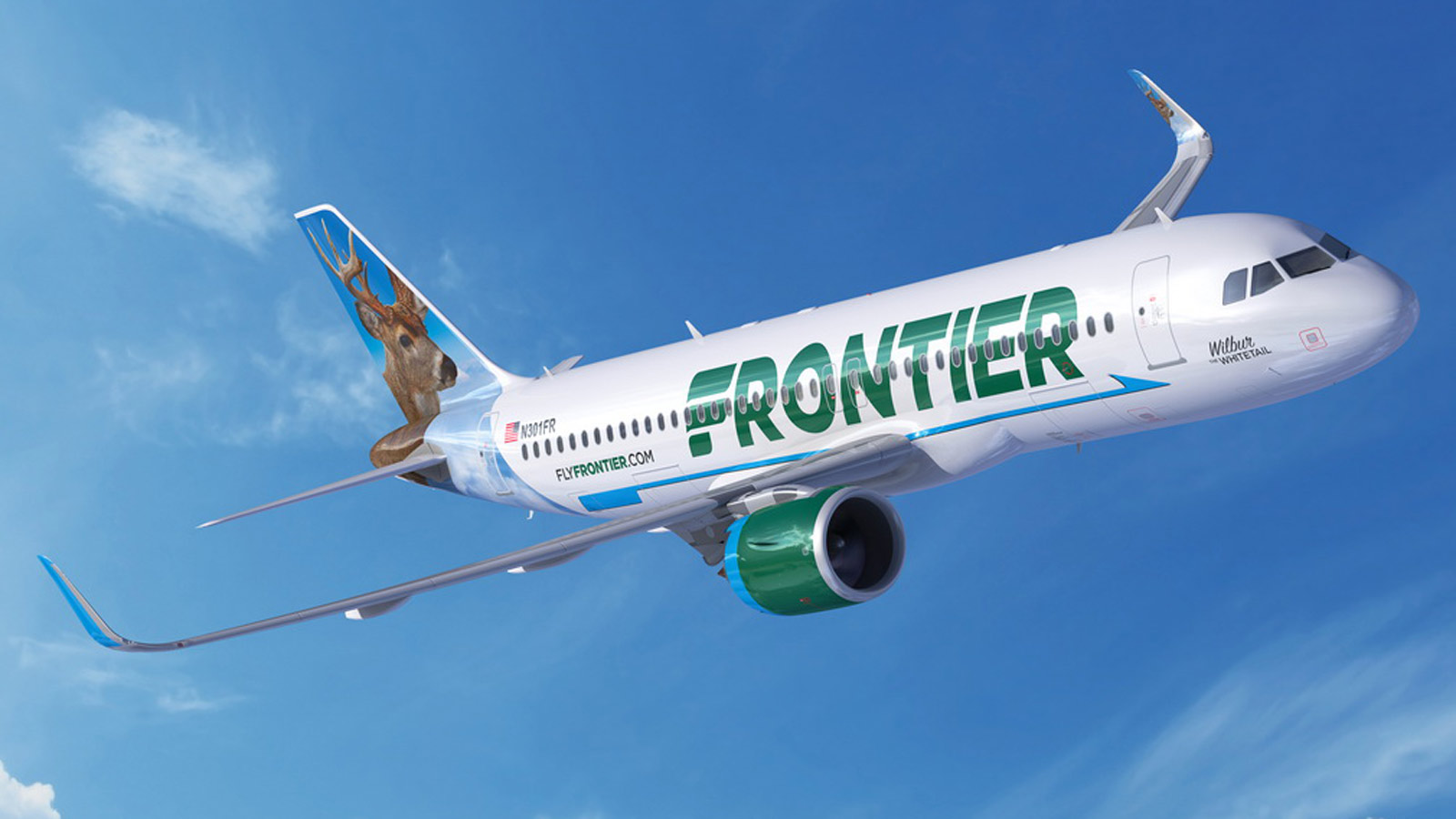Unveiling Secrets: 10 Facts on Experimental Airplanes
Experimental airplanes represent the cutting edge of aviation technology, pushing the boundaries of what is possible in the skies. Often shrouded in secrecy, these aircraft are testbeds for innovations that could redefine flight as we know it. This article delves into the hidden world of experimental airplanes, unveiling ten intriguing facts that illuminate this fascinating aspect of aviation development.
Exploring the Unknown: Experimental Airplanes Revealed

In the enigmatic world of aviation, experimental airplanes serve as a bridge to the future. These aircraft are specifically designed to test new technologies, materials, and aerodynamics concepts, often in conditions that conventional airplanes would not survive. Unlike standard production models, experimental airplanes are not bound by commercial constraints, allowing engineers and scientists to explore radical designs. From stealth capabilities to novel propulsion systems, they are often the incubators for groundbreaking advancements in aerospace.
The unique nature of experimental airplanes comes with its own set of challenges and regulatory frameworks. Because these aircraft often include untested technologies, they are subject to rigorous safety protocols and testing regimens. Organizations like NASA and DARPA in the United States, as well as other international bodies, play pivotal roles in overseeing these projects. The process involves multiple phases of testing, during which incremental improvements are made to enhance performance and safety.
The journey of an experimental airplane from concept to flight is a deeply collaborative effort. Engineers, pilots, and scientists work in tandem to design, build, and test these complex machines. Each successful mission not only validates the technology being tested but also contributes valuable data to the broader field of aeronautics. While many experimental aircraft never see production, the knowledge gained from their flights often leads to innovations that benefit commercial and military aviation alike.
Top 10 Fascinating Facts About Aviation’s Frontier

- Supersonic Speed: Some experimental airplanes have achieved speeds that far exceed those of commercial aircraft. The X-15, developed by NASA and the U.S. Air Force, still holds the record for the fastest manned flight in history, reaching speeds of Mach 6.72.
- Stealth Pioneers: Experimental aircraft have been instrumental in developing stealth technology. The Lockheed Have Blue, a precursor to the famous F-117 Nighthawk, was a revolutionary test platform for radar-evading designs.
- Novel Materials: Many experimental planes incorporate cutting-edge materials such as carbon composites and titanium alloys, which offer lightweight yet strong alternatives to traditional aluminum.
- Unconventional Designs: Some experimental planes feature radical designs, such as the blended wing body of the X-48, which aims to improve fuel efficiency and reduce noise.
- VTOL Capabilities: Vertical takeoff and landing (VTOL) technology has been extensively tested in experimental aircraft, paving the way for modern tiltrotor designs like the V-22 Osprey.
- NASA’s Role: NASA has been a key player in experimental aviation, with programs like the X-planes series driving innovation in aerodynamics and propulsion systems.
- Electric Propulsion: Recent experiments focus on sustainable aviation, with planes like the X-57 Maxwell testing all-electric propulsion systems to reduce carbon emissions.
- Hypersonic Flight: Experimental aircraft are at the forefront of hypersonic flight research, exploring speeds above Mach 5 that could revolutionize air travel and military capabilities.
- Unmanned Innovations: Unmanned experimental aircraft, such as the X-47B, test advanced technologies for autonomous flight, expanding possibilities for drones in various applications.
- Space Edge: Some experimental airplanes, like Virgin Galactic’s SpaceShipTwo, are blurring the lines between aviation and space travel, offering suborbital flights that push the limits of both pilots and technology.
The world of experimental airplanes is as thrilling as it is complex, with each aircraft representing a bold step into the future of aviation. These testbeds have not only expanded our understanding of what is aerodynamically possible but have also introduced technologies that impact everyday air travel and military operations. As the industry continues to evolve, experimental airplanes will undoubtedly remain at the forefront, guiding us into new realms of possibility and helping to shape the future of flight.



